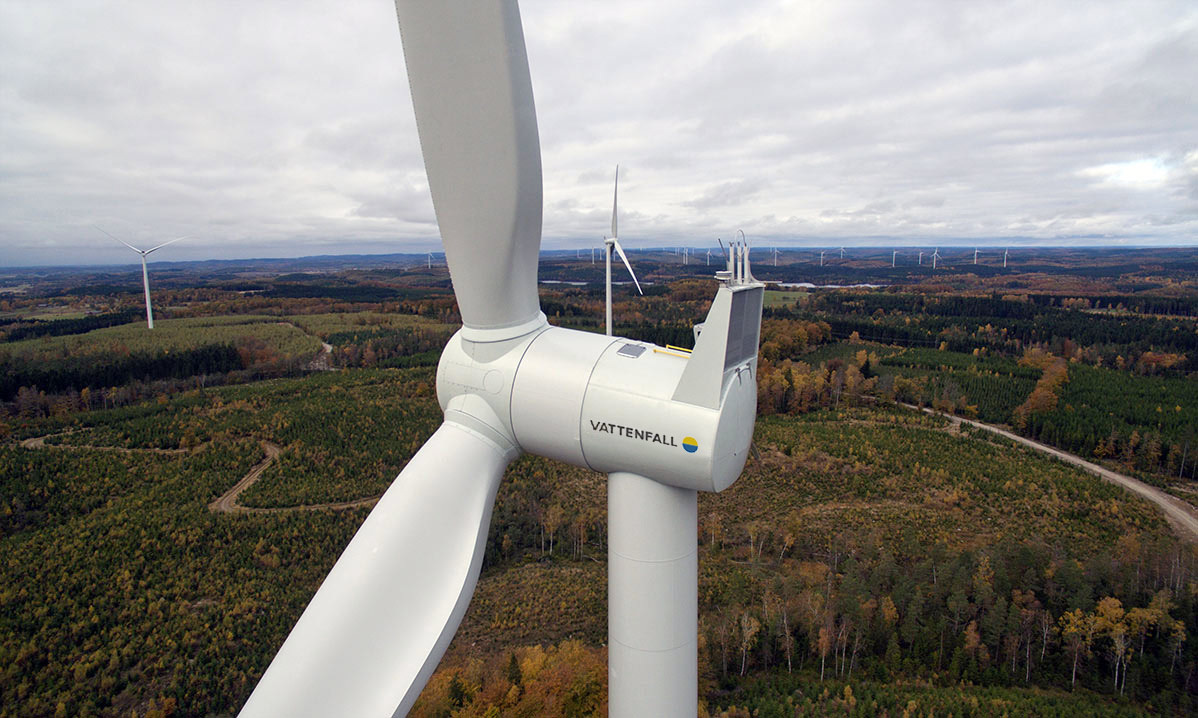Högabjär-Kärsås
Facts

The total height of the wind turbines is 150 metres, and the rotor diameter is 113 metres.
Service and maintenance of the wind farm and the nearby Hjuleberg park are carried out from the operations unit in Högabjär-Kärsås. Both wind farms are also monitored remotely around the clock by a surveillence centre.
Landscape and environment
The landscape surrounding the wind farm consists of hilly terrain covered by production forest. There are also a number of streams and wetlands in the area.
Archaeological excavations were carried out in connection with the construction of the wind farm. Ancient remains indicate that the area was used for agriculture around 2,000 years ago. Vattenfall has erected signs around the wind farm where visitors can read more about the archaeological excavations and ancient remains.
As there are bats in the area, the wind turbines are equipped with a 'bat mode' that stops them from producing energy when the bats are active on warm summer nights.

